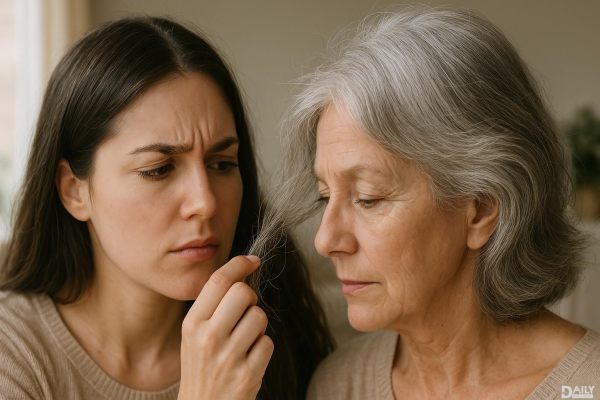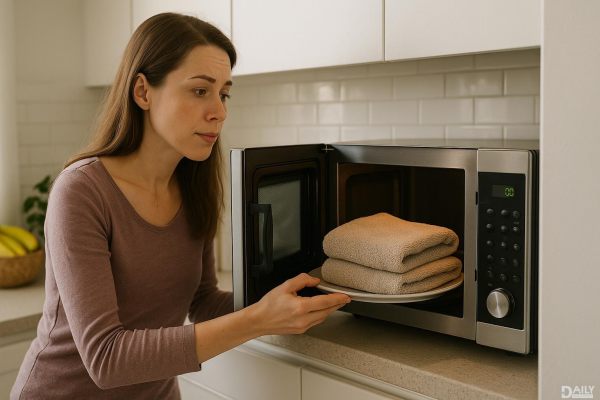and better nutrition!
The Science Behind the Perfect Nap
Napping isn’t just about closing your eyes and hoping for the best. There’s actual science behind why certain nap lengths work better than others. When you sleep, your brain cycles through different stages, from light sleep to deep sleep and REM (rapid eye movement) sleep. A short 10-20 minute nap keeps you in the lighter stages, giving you a quick energy boost without the grogginess. But if you nap for 30 minutes or longer, you risk dipping into deep sleep, which can leave you feeling worse than before you dozed off. That’s why timing is everything when it comes to napping like a pro.
The Different Types of Naps (And Which One Is Right for You)
Not all naps are created equal, and the type you take should depend on what you need at the moment. The "power nap" (10-20 minutes) is perfect for a quick recharge when you’re dragging in the afternoon. The "recovery nap" (30 minutes) helps if you’ve had a rough night’s sleep but don’t want to wake up feeling like a zombie. Then there’s the "full-cycle nap" (90 minutes), which lets you go through all sleep stages—ideal for creativity and memory consolidation. And let’s not forget the "emergency nap," which happens when your body just says, "Nope, we’re done," and you crash wherever you are. Know your nap style, and you’ll never suffer from post-nap regret again.
How to Nap Like a Boss (Without Wrecking Your Nighttime Sleep)
Napping is great, but if you’re not careful, it can mess with your nighttime sleep. The key? Timing and environment. The best time to nap is early to mid-afternoon (between 1-3 PM), when your body naturally experiences a dip in energy. Napping too late can interfere with your ability to fall asleep at night. Also, keep it short—20 minutes max if you don’t want to wake up disoriented. Find a quiet, dark space (or use an eye mask and earplugs), set an alarm, and avoid caffeine right before. And if you’re one of those people who can’t nap because your brain won’t shut off? Try a guided meditation or deep breathing exercises to ease into it.
The Unexpected Benefits of Napping (Beyond Just Feeling Less Tired)
Sure, naps help with fatigue, but they do way more than that. Studies show that napping can improve memory, boost creativity, enhance problem-solving skills, and even lower stress levels. Athletes use naps to speed up recovery, and CEOs swear by them for peak performance. Napping has also been linked to better heart health and a stronger immune system. So, the next time someone gives you side-eye for sneaking in a siesta, just tell them you’re optimizing your brain and body. Because science says you’re winning.
When Napping Goes Wrong (And How to Fix It)
Ever wake up from a nap feeling like you’ve been hit by a truck? Yeah, that’s called sleep inertia, and it happens when you nap too long or at the wrong time. To avoid it, stick to shorter naps and don’t snooze too late in the day. If you do end up groggy, try splashing cold water on your face, stepping into natural light, or doing some light stretching to shake it off. And if you’re someone who just can’t nap without feeling worse afterward? Maybe you’re not a napper—and that’s okay! Listen to your body and find other ways to recharge, like a quick walk or some energizing music.
At the end of the day (or, more accurately, the middle of it), napping is a personal thing. Some people thrive on 10-minute power naps, while others need a full 90 minutes to feel human again. The trick is to experiment, pay attention to how your body responds, and adjust accordingly. Whether you’re a nap newbie or a seasoned snoozer, there’s a perfect nap out there for you—you just have to find it. So go ahead, embrace the nap life. Your brain, body, and productivity levels will thank you.
























